10 questions to ask yourself when restoring a fireplace
Planning on restoring a fireplace back to its former glory? Whether you have a tired tiled fireplace or a crusty cast iron model in need of attention, take a look at our guide for what you need to know before getting started
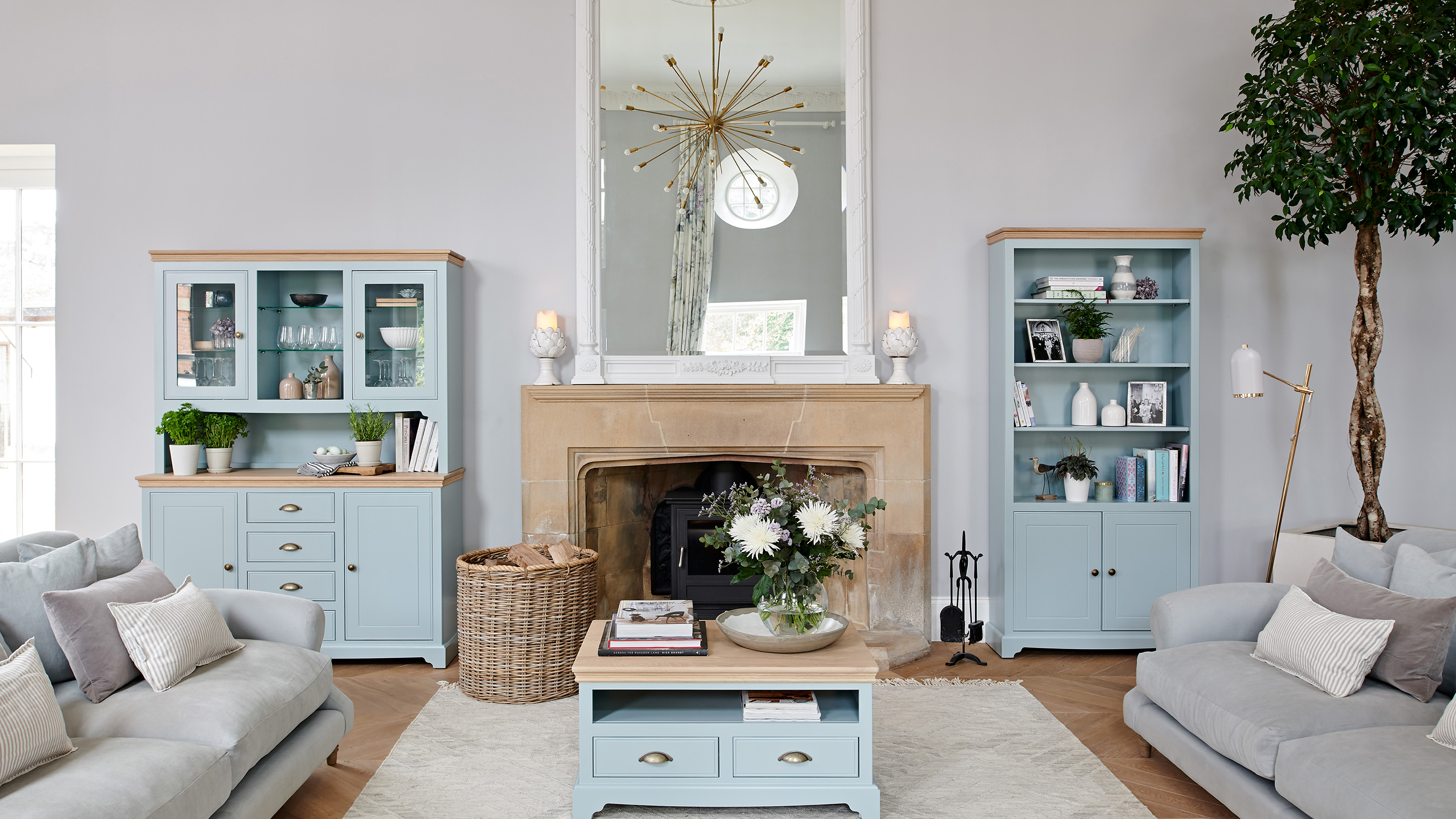
Getting to grips with restoring a fireplace is something the majority of renovators will need to do if they want to get this much-prized original feature looking as good as the day it was first fitted.
While we all have different fireplace ideas for our homes, if you are lucky enough to find an original fireplace in your house then sprucing it up and incorporating it into any modernisation plans you might have for your interior design scheme is a job well worth undertaking.
Here, we take a look at the factors that could affect whether or not your fireplace restoration will be a project worth pursuing, whether it is a Victorian tiled design or a chunky Georgian marble model.
Common problems when restoring a fireplace
While there are many different types of fireplace each with varying degrees of wear and tear and damage, it is very useful to understand how to tackle the individual issues often associated with this kind of original feature.
Here, with the help of experts in the field, we take you through how to address the most common problems found by those restoring old fireplaces.
1) Is the fireplace worth rescuing?
Fireplaces are often seen as highly desirable features in both period and contemporary homes, even where the owners don't ever plan on using them for an open fire. Some people choose to kit them out with a log burning stove, while others after interesting living room fireplace ideas simply use them as an eye-catching decorative feature. Whatever final use they end up having, it is still well worth breathing new life into them.
"A restored fireplace helps raise the overall household value, which is excellent if you ever wish to sell your home in the future," says Mark Swann of Sussex Fireplace Restoration. "Many buyers appreciate the beauty and functionality of a fireplace in working order."
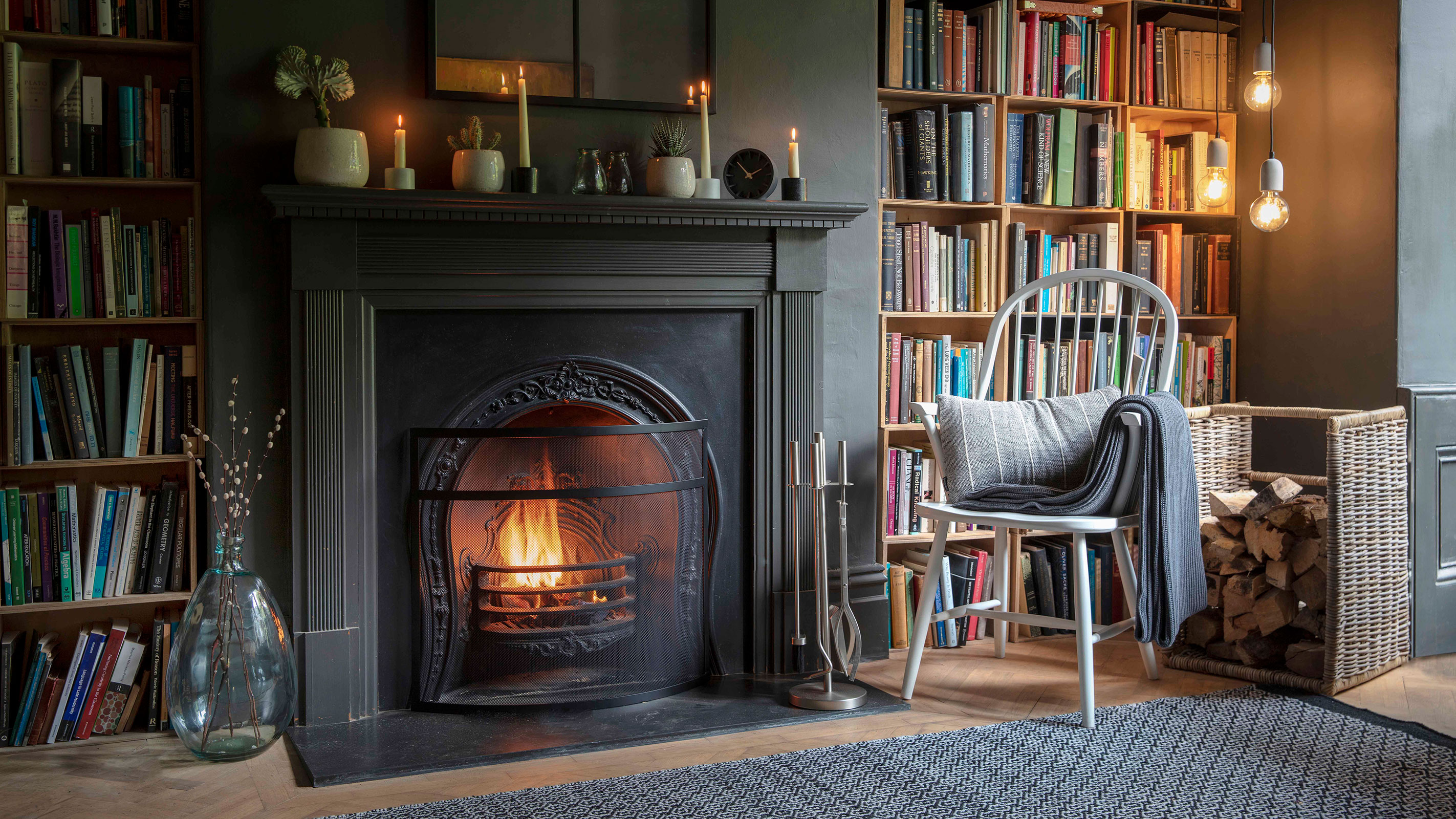
2) What style of fireplace are you working with?
Period fireplaces come in many different styles and were made from various materials, including stone, timber, brick and cast iron. Those renovating a Georgian house are likely to find something very different to those working on an Art Deco home.
"The Georgians often favoured more natural materials such as marble surrounds and classical-style stone with more plain apertures that contained a fire basket," says Mark Swann. "On the other hand, Edwardian and Victorian households often opted for an all-in-one cast iron fireplace with combined inserts and surround. Victorian fireplaces have surrounds made of a wide range of marble, stone, and timber materials.
"Many people of that time also liked other decorative elements, such as tiled inserts on the sides or cheeks of the fireplace."
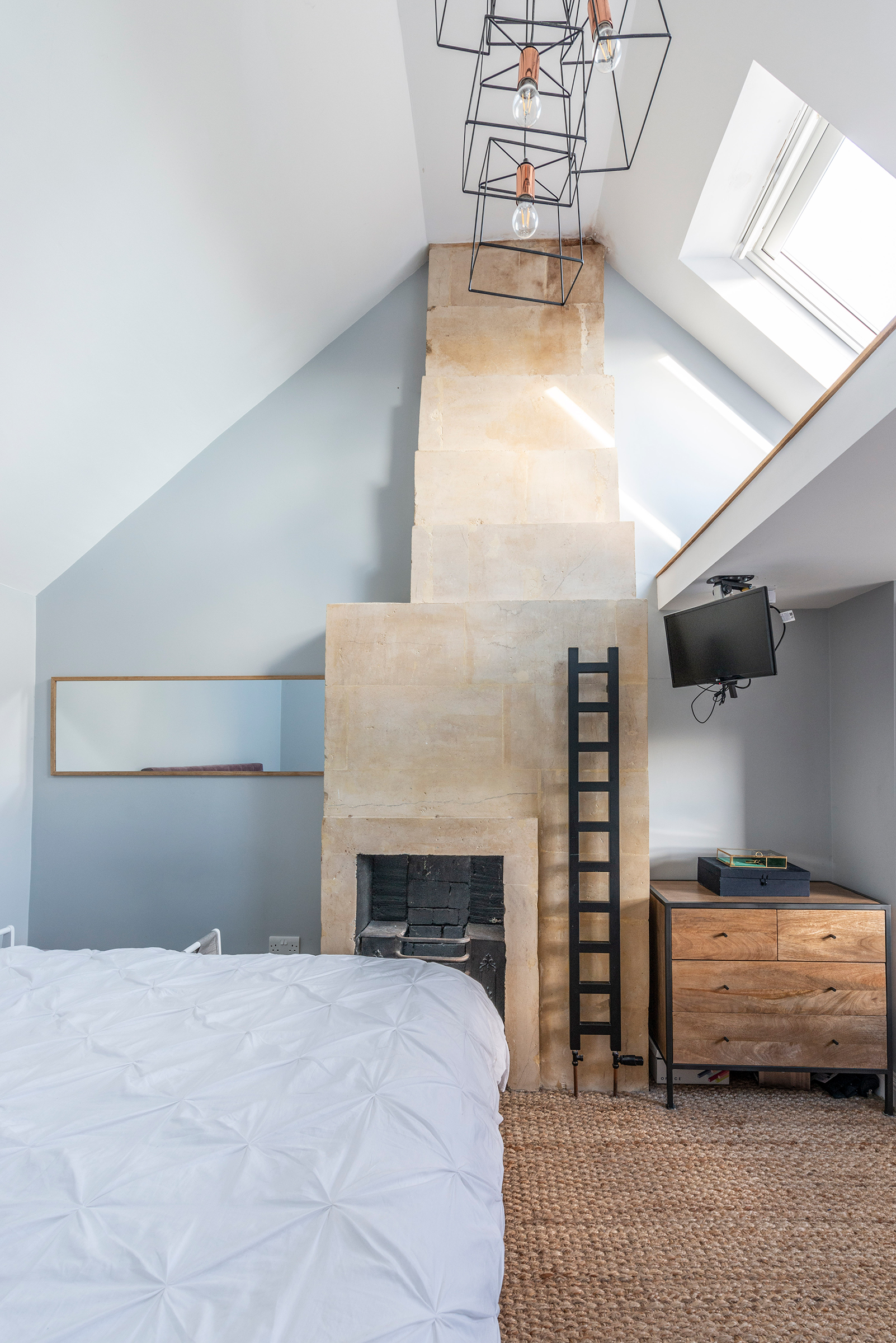
3) Will chimney repairs be necessary?
If you plan on using the fireplace as an open fire or as an opening in which to install a log burning or multi-fuel stove or other kind of fire that requires a chimney or flue, you will need to ensure that everything is in good working order as the condition of chimneys plays a huge role in both ensuring the fire can burn safely, as well as efficiently.
"The best way to start restoring is to ensure your chimney breast is swept by a professional chimney sweep so that they may check for any factors that require repairing and thoroughly clean the insides," advises Mark Swann.
"Eruption in your chimney will need restoration work, not just for your chimney but also the hearth, chimney liner and masonry," continues Mark. "It's best to ensure your chimney liner and overall fireplace is thoroughly checked over for chips in the paint or plaster, rusting, creosote build-ups, cracks, obstructions or various other problems."
4) Can you open up a fireplace?
If you suspect that there is an old fireplace hiding behind one of your walls then you will no doubt be eager to set it free — opening up a fireplace is a job that can add value and charm to a home.
"In some cases, opening up a fireplace could involve little more than prising off a sheet of old hardboard to reveal a hidden gem," says chartered surveyor Ian Rock. "But even if you don’t find a long-forgotten marble masterpiece behind, there’s still plenty you can do to create a captivating focal point.
"A bolster and club hammer is probably the better option for localised demolition where old fireplaces have been bricked up," advises Ian. "Having exposed the original ‘builder’s opening’, large deposits of accumulated soot and rubble will likely need to be removed before the chimney can be swept and the flue lined."
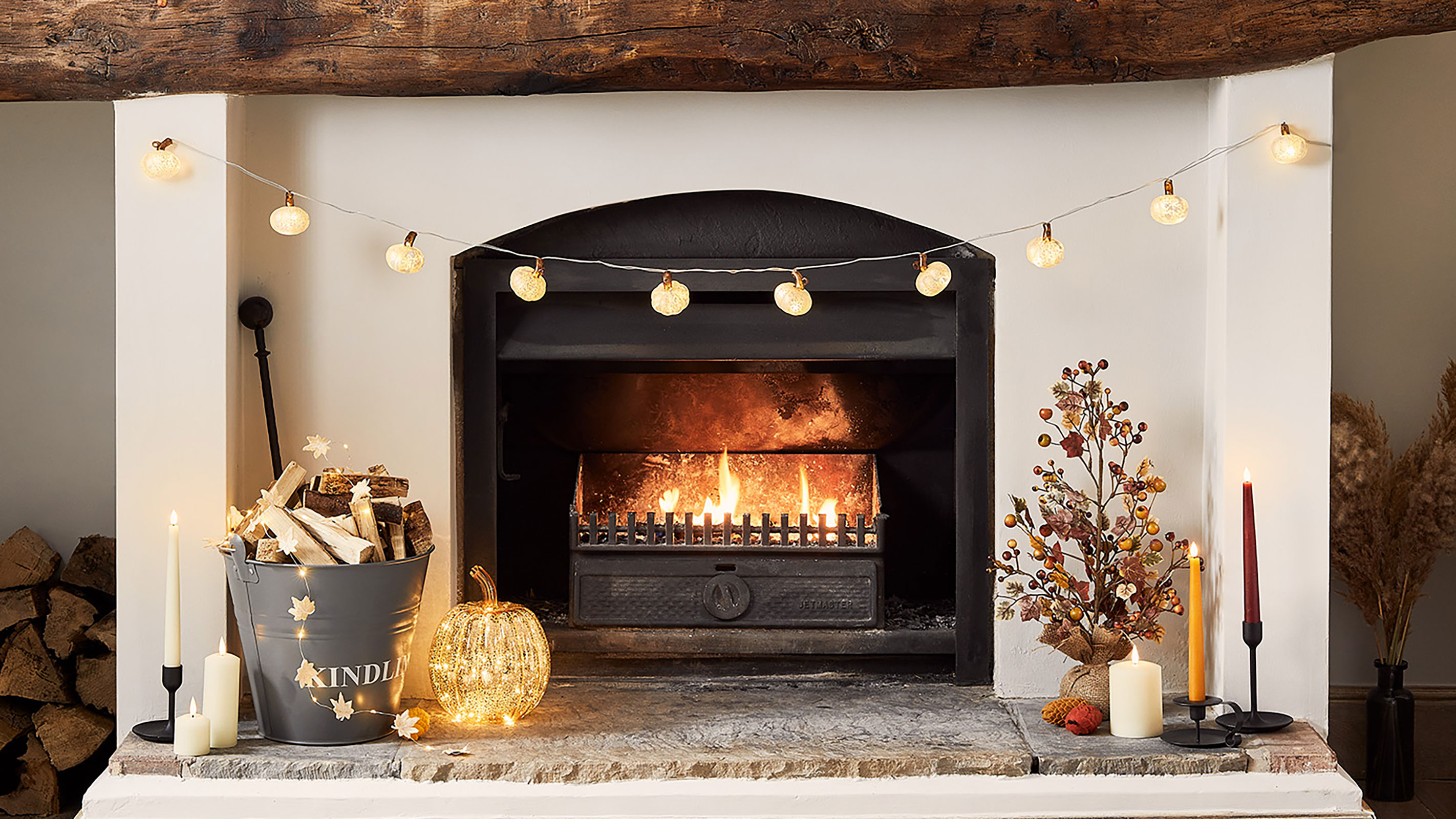
5) How do you remove paint from fireplaces?
It was common in the past to paint both stone and cast iron fireplaces, leaving many renovators wondering how to get their features back to their original state without damaging them.
"Many period marble and stone fire surrounds will have been painted at some point," say the experts at Chenseys. "Using a paint stripper, layers of paint can easily be removed, and the original material revealed and then waxed and polished.
"Paint stripper can also be applied to a cast iron grate or fire basket, which can then be polished using a graphite paste," they continue.
"Layers of too much paint can be completely removed with a chemical paint stripper before wiping the coats away with a cloth," agrees Mark Swann. "Many may wonder why you don't use heat guns instead. However, those working in the industry would often advise that you avoid using heat guns as they typically crack old metal or lead, which would ruin the structure of your fireplace.
"The job takes elbow grease, and you'll want to ensure you or you or your professional is equipped with protective gloves and attire."

6) How do you clean a fireplace?
In some cases, if you are lucky, all that might be required to get your fireplace gleaming once more is a thorough clean.
"If there is no need to remove paint, a weak solution of washing up liquid will shift superficial dirt and stains before the surround is waxed and polished," advise Chesneys.
"Often you may find that an old cast iron fireplace may be in dire need of a cosmetic spruce-up," says Mark. "You might need to buff it with a Liberon paste or other specialist polish before covering it with fireplace paint formulated for higher temperatures in matte black so that it does not peel off with the heat or moisture."
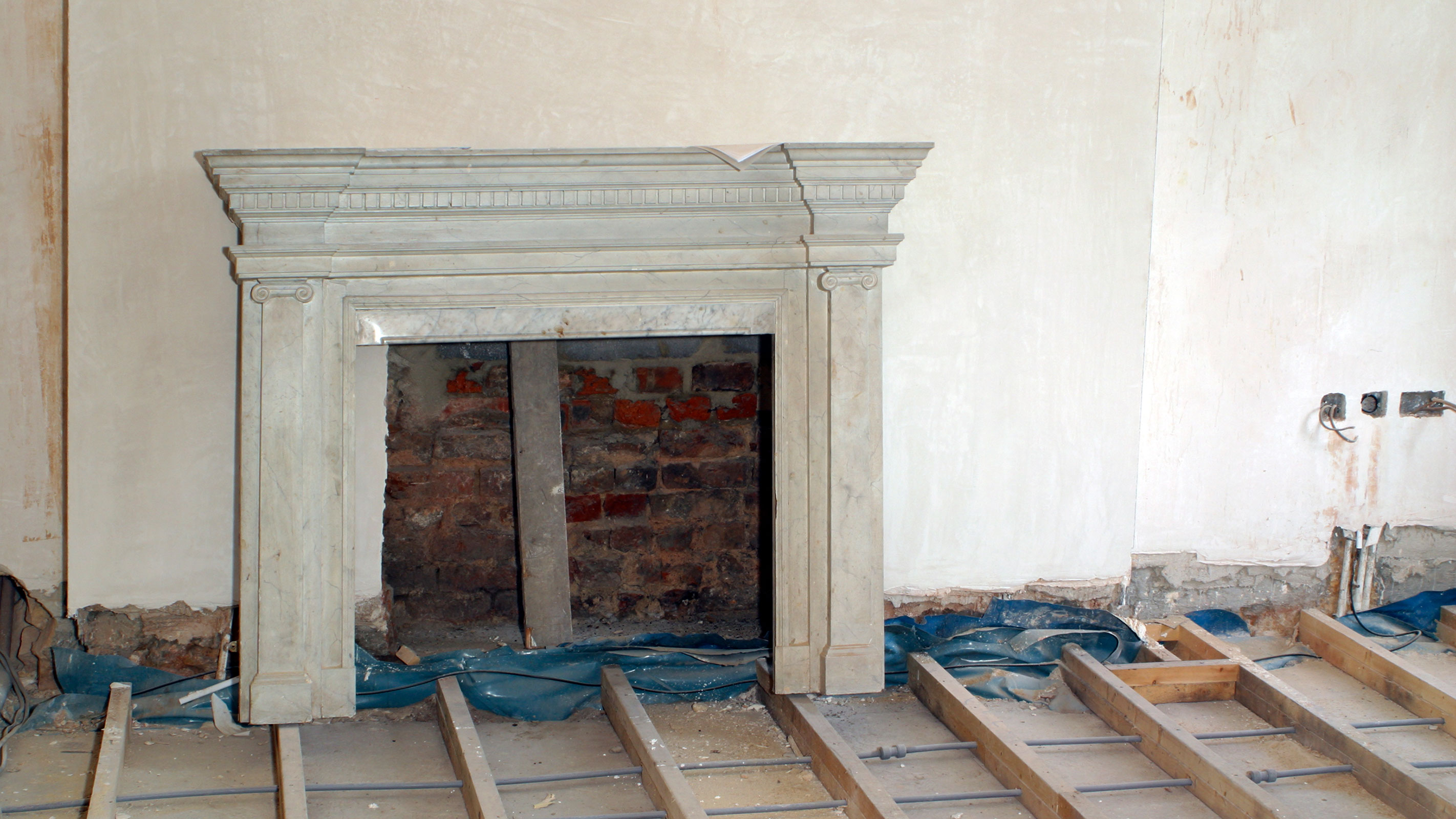
7) How do you repair a tiled fireplace?
If you are hoping to bring your tiled fireplace ideas to fruition but are the owner of a tiled fireplace that has seen better days, a different approach will be required.
If tiles are cracked or missing, you might get lucky and find matching replacement tiles by searching online or scouring reclamation yards. However, if your search proves unsuccessful, you might like to embrace a more mix-and-match look for your fireplace by introducing some new patterns.
Alternatively, you could remove all the tiles and start over.
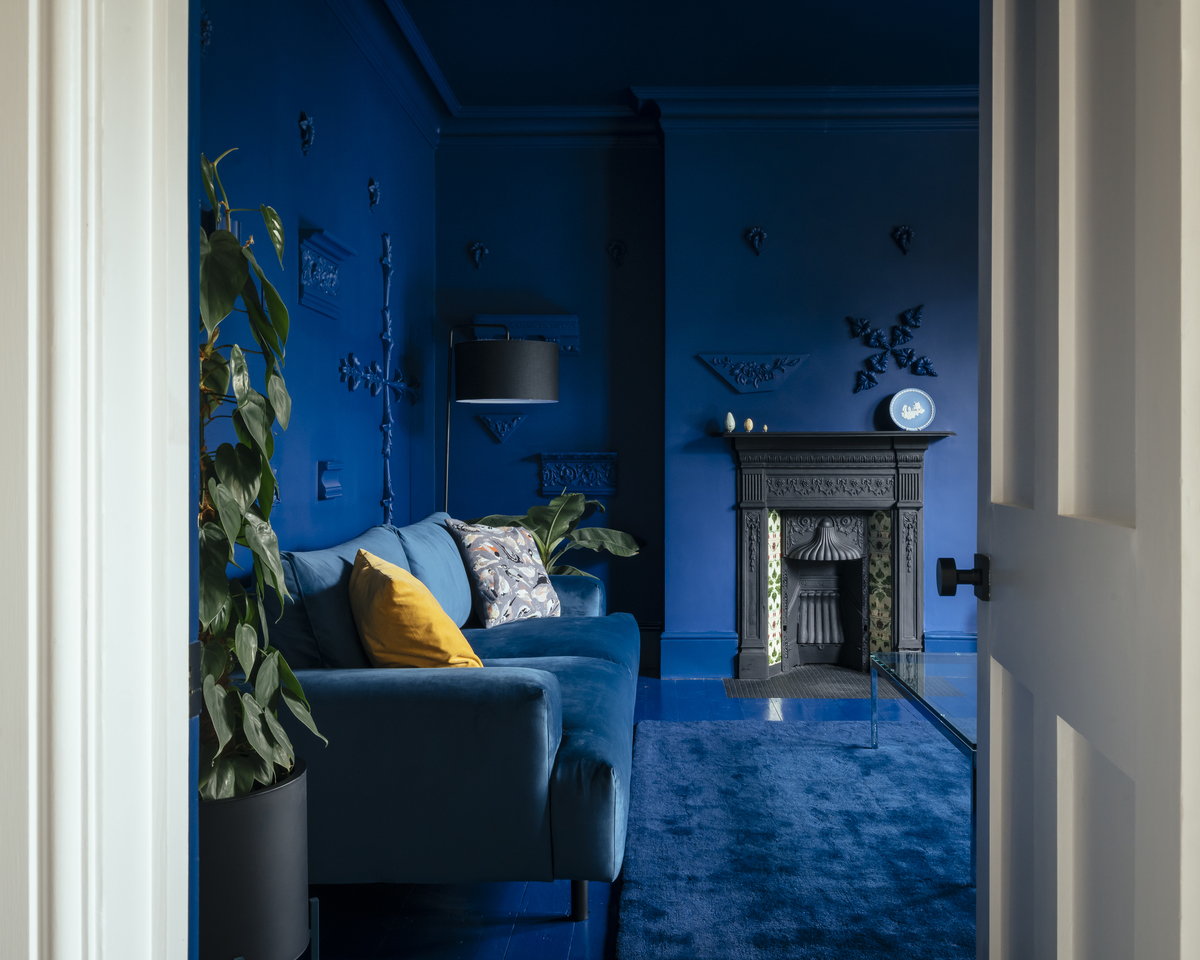
8) How do you repair cracks in brick fireplaces?
If you have a brick fireplace opening and find it is cracked, you need to take action.
"If you discover a cracked brick in your fireplace masonry, you must patch it up immediately," says Mark Swann. "Suppose the bricks are crumbling; you must replace them with new firebricks inside the mortar joint. If you find that your mortar joints are crumbling in the firebox, you must replace the old loose mortar after chiselling it out.
"Such processes are called 'tuckpointing', and it is a process many follow to repair mortar joints in most brick structures. The primary difference between the two is that refractory mortar is designed to withstand extreme heat and temperatures."
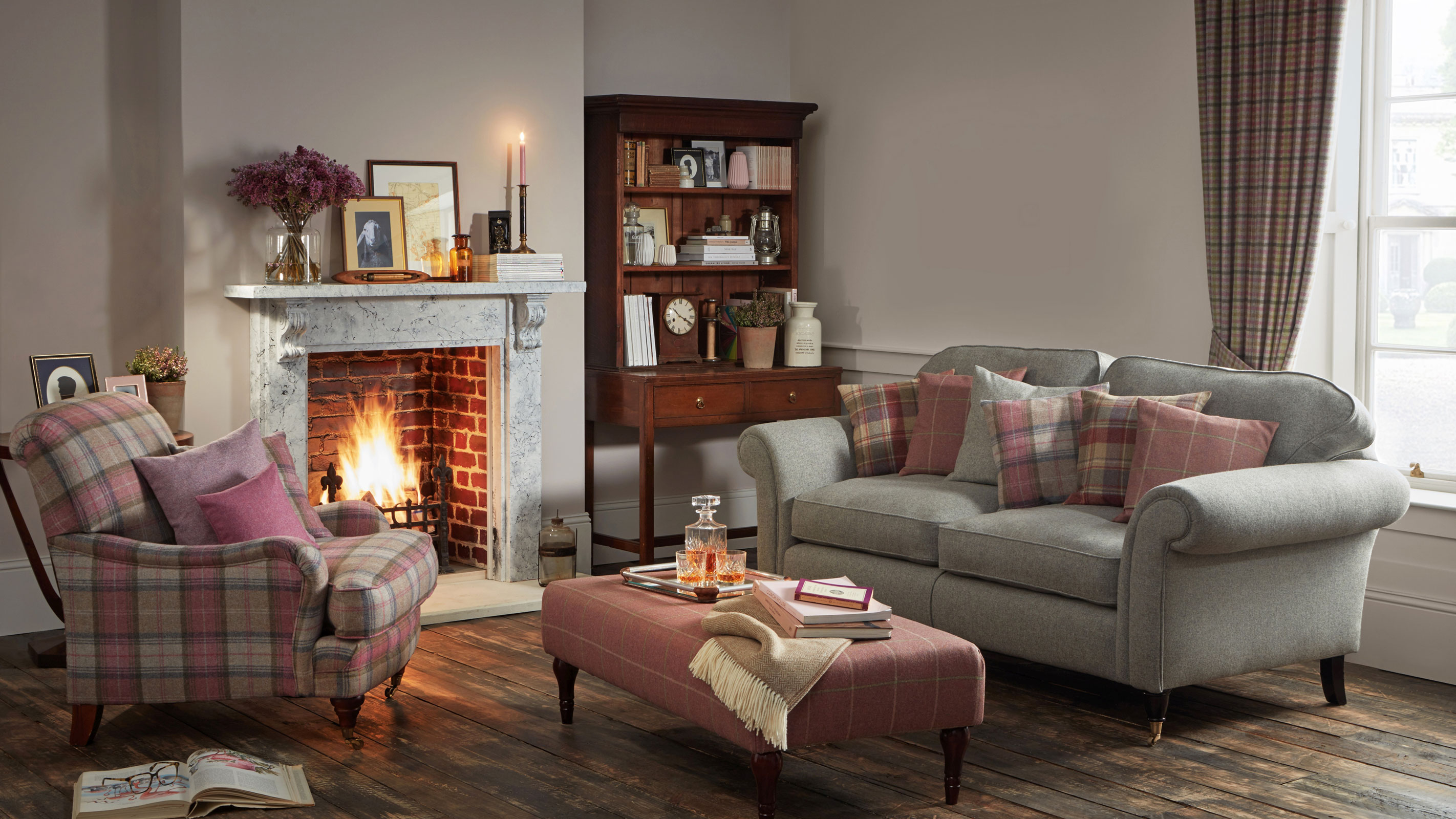
9) How do you repair a fireplace hearth?
If you uncover an old fireplace hearth it is worth saving it — particularly as it may well compliment the original fireplace.
Slate and other types of stone hearth were a common feature in many period homes, but they are prone to scratches and may have cracked or got chipped over the years — thankfully there are steps you can take to repair them. But what about if the original heath is missing altogether and you need to find some new fireplace hearth ideas?
"The hearth was traditionally made from concrete set flush into the floor void. To comply with Building Regulations this will need to be raised above floor level; it’s a simple job to form a new one directly on top from in-situ concrete, or you might opt for a marble or slate hearth," explains Ian Rock.
"New hearths can come in standard sizes, or you may like to have them custom-made to fit all your appliance's dimensions, floors, walls and proportions," points out Mark Swann.
If your hearth is scratched, there are many products out there to address the issue. Slate oils and hard waxes often really help disguise scratches (test on an inconspicuous section first). Something like Tableau Slate Oil from Amazoncan work wonders but if you want the scratches gone altogether then it may be necessary to lightly sand the stone before resealing.
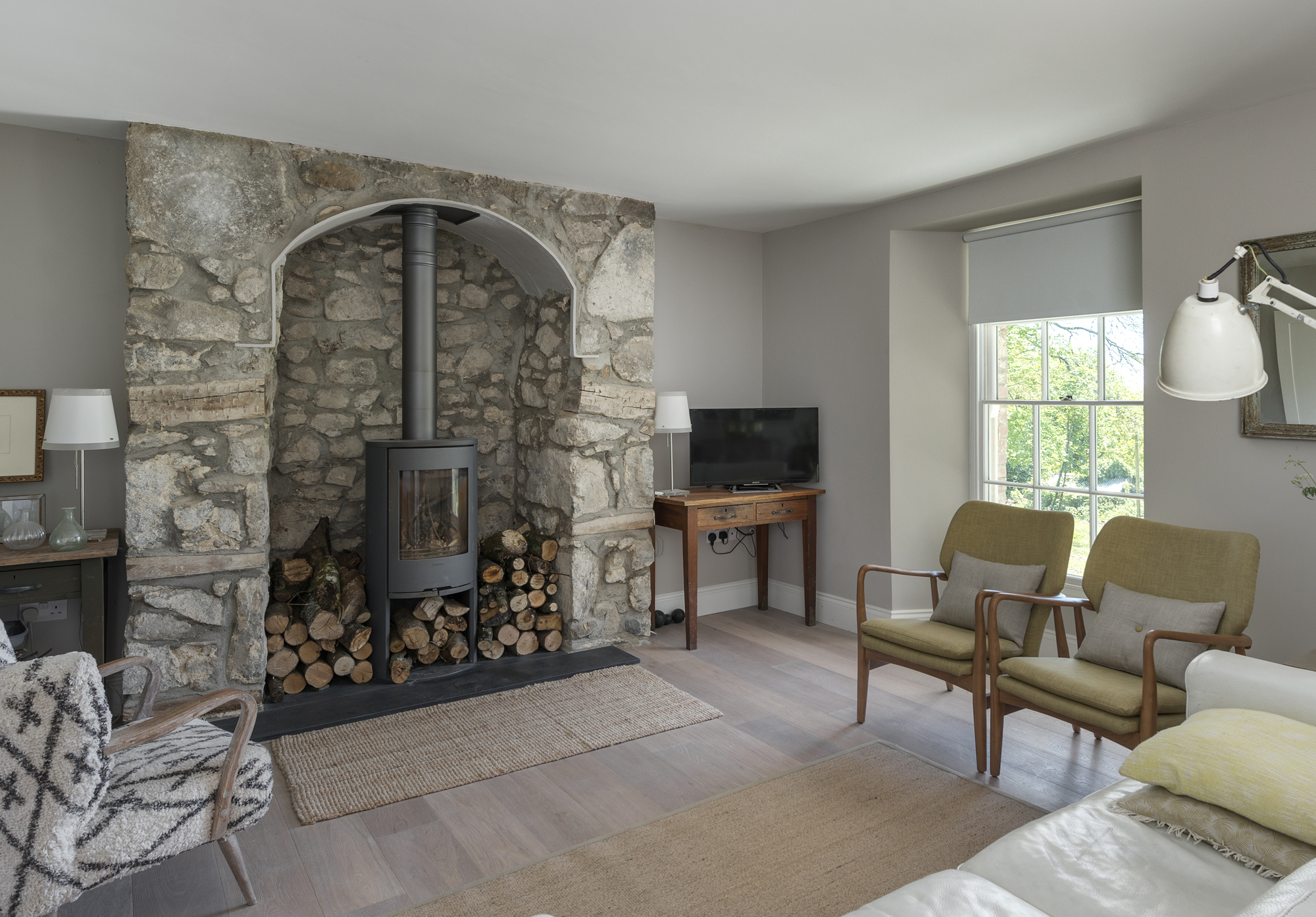
10) What should you do if there are missing fireplace parts?
It is not unusual to find fixings, tiles or sections of original fireplaces are missing — thankfully this does not have to mean ripping them out and starting from scratch.
"If you uncover damaged or missing metal components, it's best to call a local professional to assist you," says Mark. "Restorers can also recast any fireplace features, for example grates and hoods."
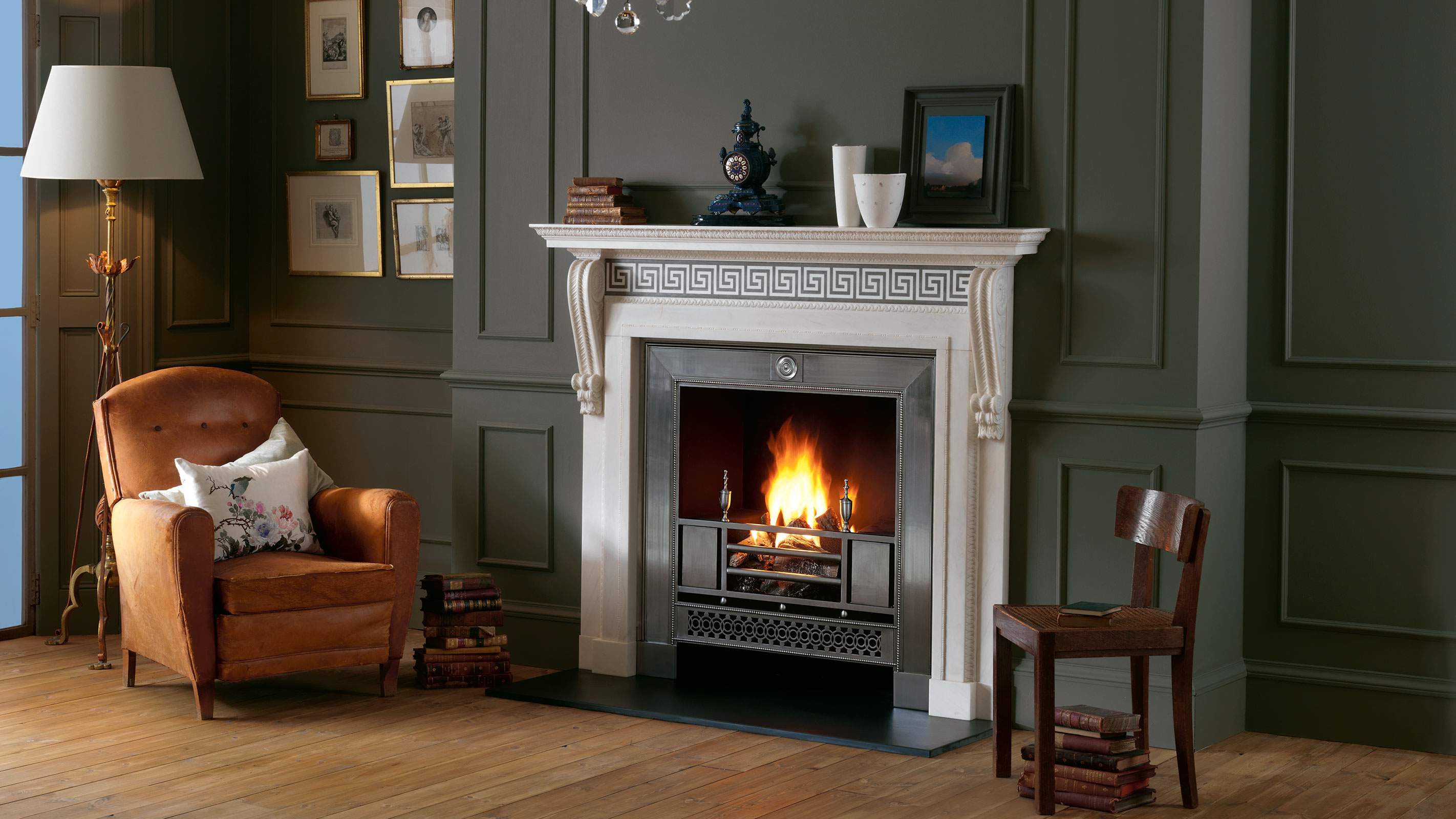
Get the Homebuilding & Renovating Newsletter
Bring your dream home to life with expert advice, how to guides and design inspiration. Sign up for our newsletter and get two free tickets to a Homebuilding & Renovating Show near you.
Natasha was Homebuilding & Renovating’s Associate Content Editor and was a member of the Homebuilding team for over two decades. In her role on Homebuilding & Renovating she imparted her knowledge on a wide range of renovation topics, from window condensation to renovating bathrooms, to removing walls and adding an extension. She continues to write for Homebuilding on these topics, and more. An experienced journalist and renovation expert, she also writes for a number of other homes titles, including Homes & Gardens and Ideal Homes. Over the years Natasha has renovated and carried out a side extension to a Victorian terrace. She is currently living in the rural Edwardian cottage she renovated and extended on a largely DIY basis, living on site for the duration of the project.

